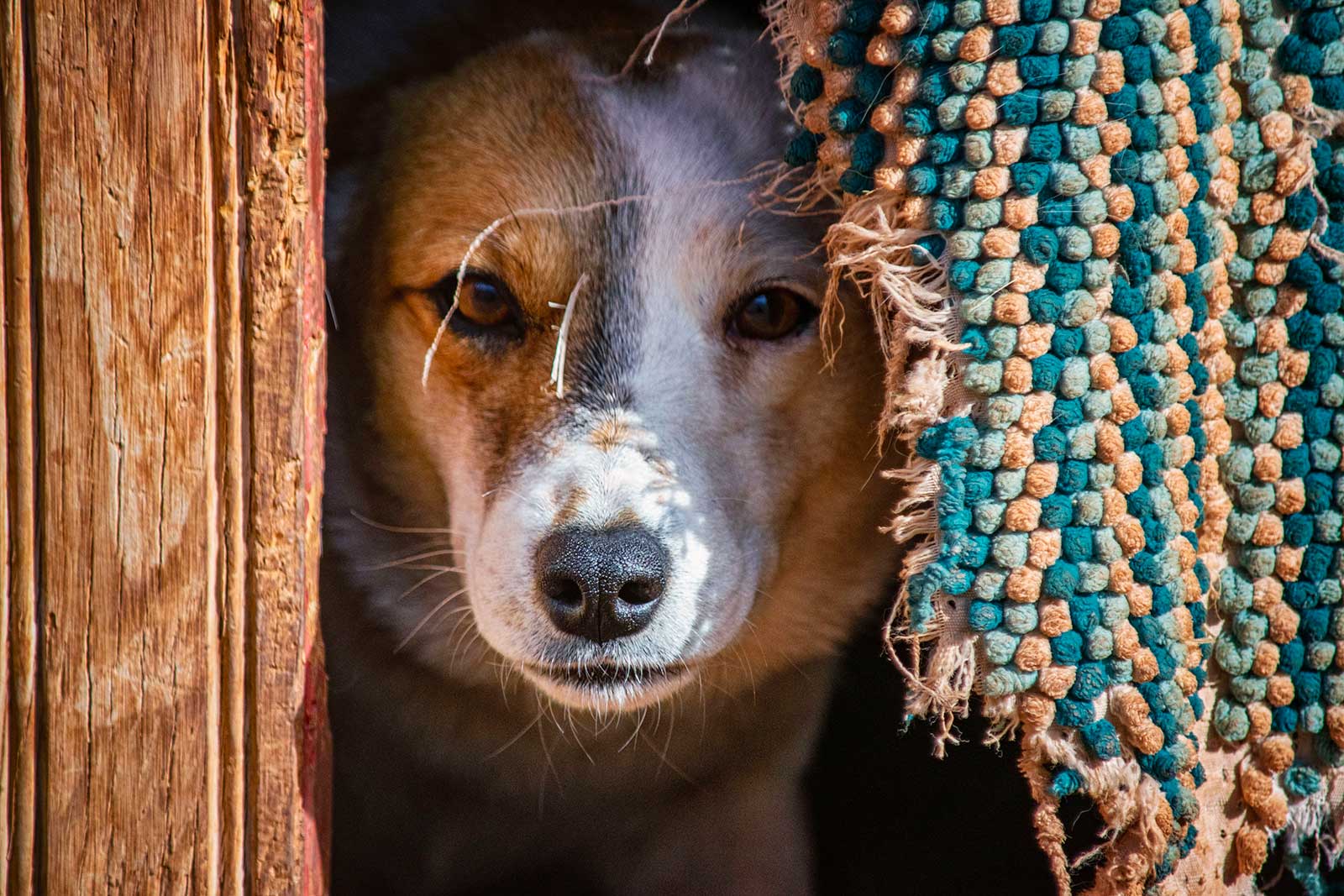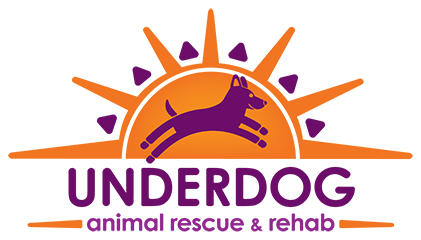The Native American Reservations of the Southwest United States include the Navajo, Hopi, Ute, Apache, and Zuni nations and tribal reserves. These lands span the southwestern corner of Colorado, southeastern corner of Utah, northeastern corner of Arizona, and northwestern corner of New Mexico.

The Navajo Nation
Underdog Rescue works in several areas of the Four Corners region, with the majority of our work being in the Navajo Nation. The Navajo Nation extends into the states of Utah, Arizona and New Mexico. It is the largest reservation in the United States, covering 27,000 square — roughly the size of the state of West Virginia. The term Navajo comes from the Spanish language, but the Navajo people refer to themselves as Diné, meaning ‘the people’ in their original language known as Diné bizaad, meaning ‘people’s language.’
On the Navajo Nation, before COVID-19 struck, there was over 43% unemployment, and the median household income was $20,000. One in six Diné has a working vehicle. As of 2019, approximately 27% of homes did not have electricity, representing 75% of the non-electrified homes in the entire United States. The Navajo Nation is providing electricity at a rate of about 400 homes per year, making full electrification about 35 years away. Children often use dome lights in cars and kerosene lamps to do homework.
In addition to the lack of electricity, a little over one in three Navajo Nation households do not have a toilet or a water faucet. These families drive an hour or more once or twice a week to fill 250 gallon water tanks to wash, drink, clean, and provide for livestock. Even worse, on the Navajo Nation in Utah, half of all residents haul water for everyday use. Water is a precious commodity, and the wellbeing of livestock trumps the needs of reservation dogs that are routinely shot so they won’t consume drinking water intended for sheep or horses.
Issues Facing the Reservation Communities
For generations, tribal members have been using dogs for work. Dogs are mainly used to herd animals (typically sheep) or guard property. Tribal members house their working dogs outside and often lack the means to build containment, so these dogs are free to procreate with other dogs in the area.
It has been estimated that a single female dog and her offspring can produce over 67,000 puppies in six years, so one can imagine how the stray population grew quickly. Currently, the life expectancy of a stray dog on the reservations is only two years due to disease, lack of food and water, and car vs. dog incidents as dogs roam seeking food. Puppies rarely survive to weaning due to poor nutrition of the mother, lack of shelter from the brutal elements of the region, and predators.
There are only two veterinarians serving the entire Navajo Nation, which makes access to spay and neuter nearly impossible for most tribal members when only one in six has a working vehicle. For those who have transportation, the travel expenses for a 2-6 hours road trip and cost for a spay or neuter at these clinics are too much to afford. These veterinarians are nearly always booked out several months, making it difficult to get females spayed before they become pregnant.
On The Navajo Nation there are only four shelters, and because of the overwhelming stray population, these are all high-kill shelters. Only 7% percent of the animals that enter these shelters will make it out alive, and that 7% is nearly all due to rescues stepping in.
There are just a handful of rescue organizations that do some work in this area, but Underdog Rescue is the only one in the state of Utah that exclusively serves the reservations.
Underdog Rescue had their first vaccine clinic with the help of so many wonderful folks on the Navajo Nation donating space to us at the Monument Valley Visitor Center. They had people organizing within the community to spread the word. With that first vaccination clinic, over 250 people came through in two days.

